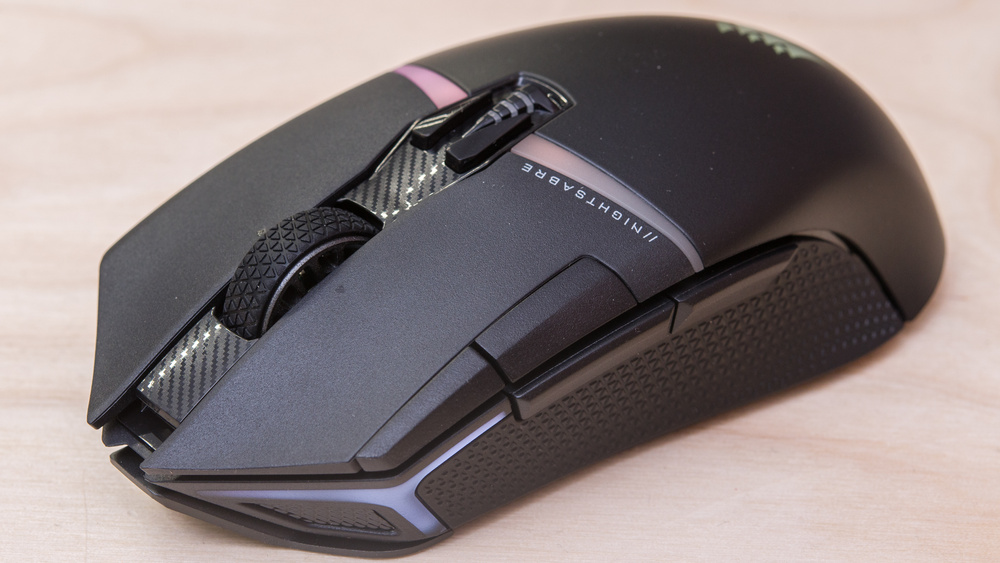
How do mouse switches work? It’s simpler than you think.
As with keyswitches, mouse switches work by completing a circuit when they’re pressed. This sends the signal to the controller in the mouse, then to your PC, and the click is registered. However, there are tighter tolerances on mice compared to keyboards, and because of that the specificities of the design are quite different.
Take the QUICKSTRIKE buttons found on our SABRE RGB PRO WIRELESS CHAMPION SERIES, for example. Primarily, these buttons use OMRON switches. As previously mentioned, the switch works by completing a circuit, like all switches. But because it’s a mouse, and the feedback often needs to be immediate, you need something smaller than that found on a keyboard. This is where the big differences come into play as OMRON, alongside other companies, use what are called micro switches. The concept is the same as with mechanical switches, but scaled down to better fit on a mouse frame.
While keyboard switches benefit from longer travel distances and softer switch characteristics, given the physical limitations, the same cannot be applied to mice. Which is why the design of the switch must be smaller. The smaller the switch, the tighter the feedback will feel. After all, people want to click a mouse, not press it.
The linkage between the button that you touch, and the switch underneath needs to be considered too, both in terms of functionality, and the ideal tactile user experience. Corsair’s QUICKSTRIKE buttons help with that by using a spring-loaded design that keeps the button in contact with the switch constantly.
This makes for a near-zero delay and a more tactile and defined response that’s ideal for casual and competitive gaming alike. Additionally, the spring helps return the button to its starting position, instead of only relying on the switch. This creates a faster reset time, which is essential for competitive gaming.

 Admin
Admin
Leave A Reply
Your email address will not be published. Required fields are marked *